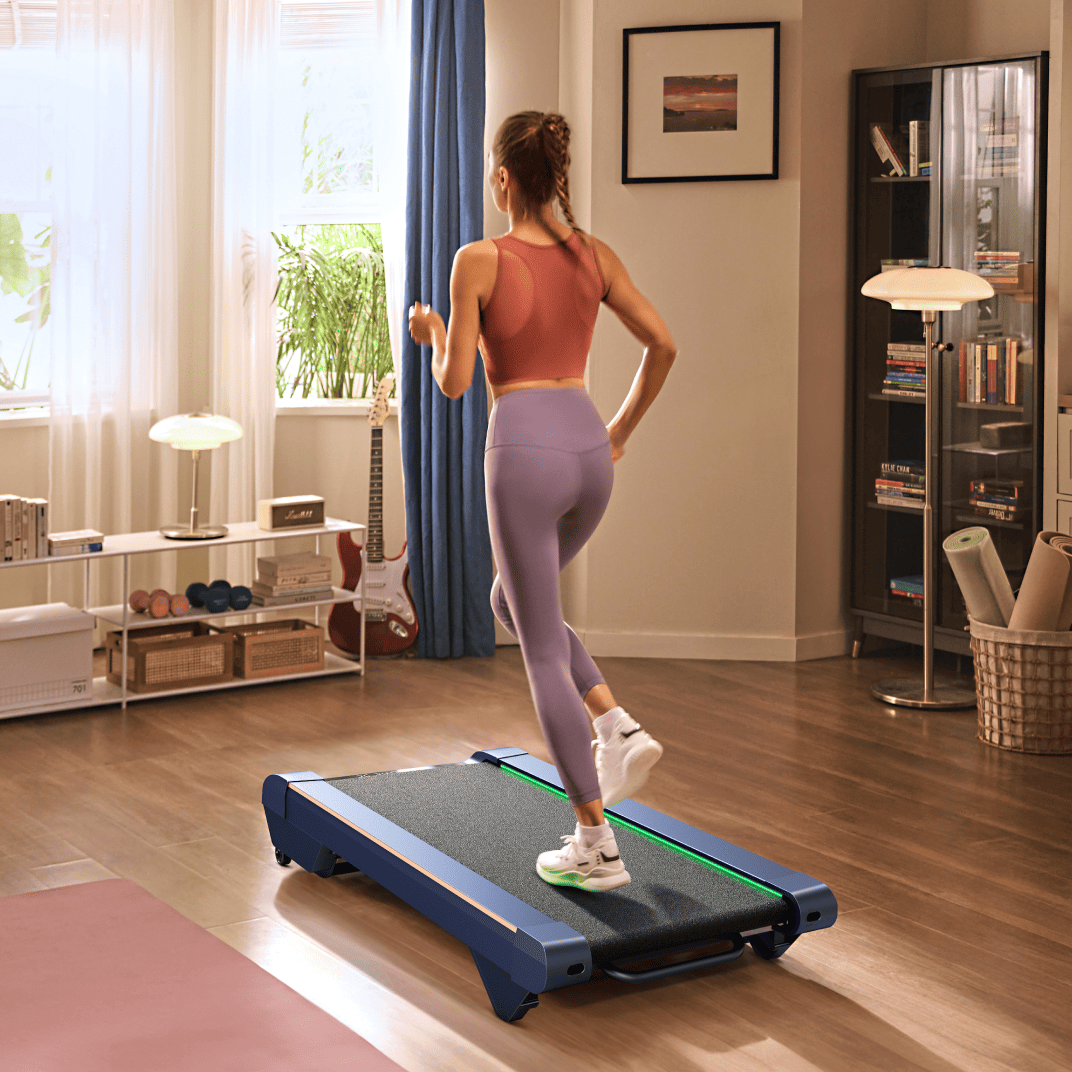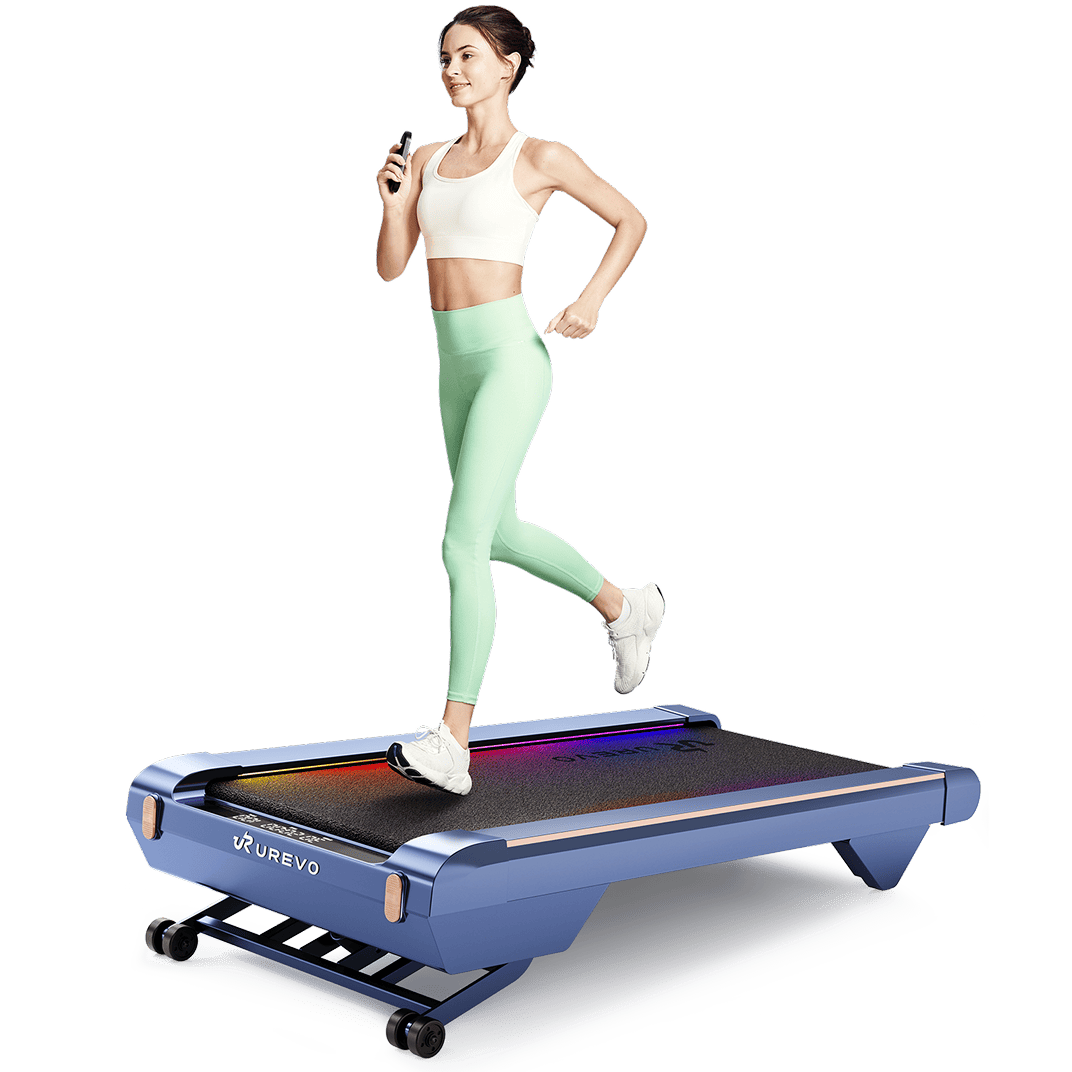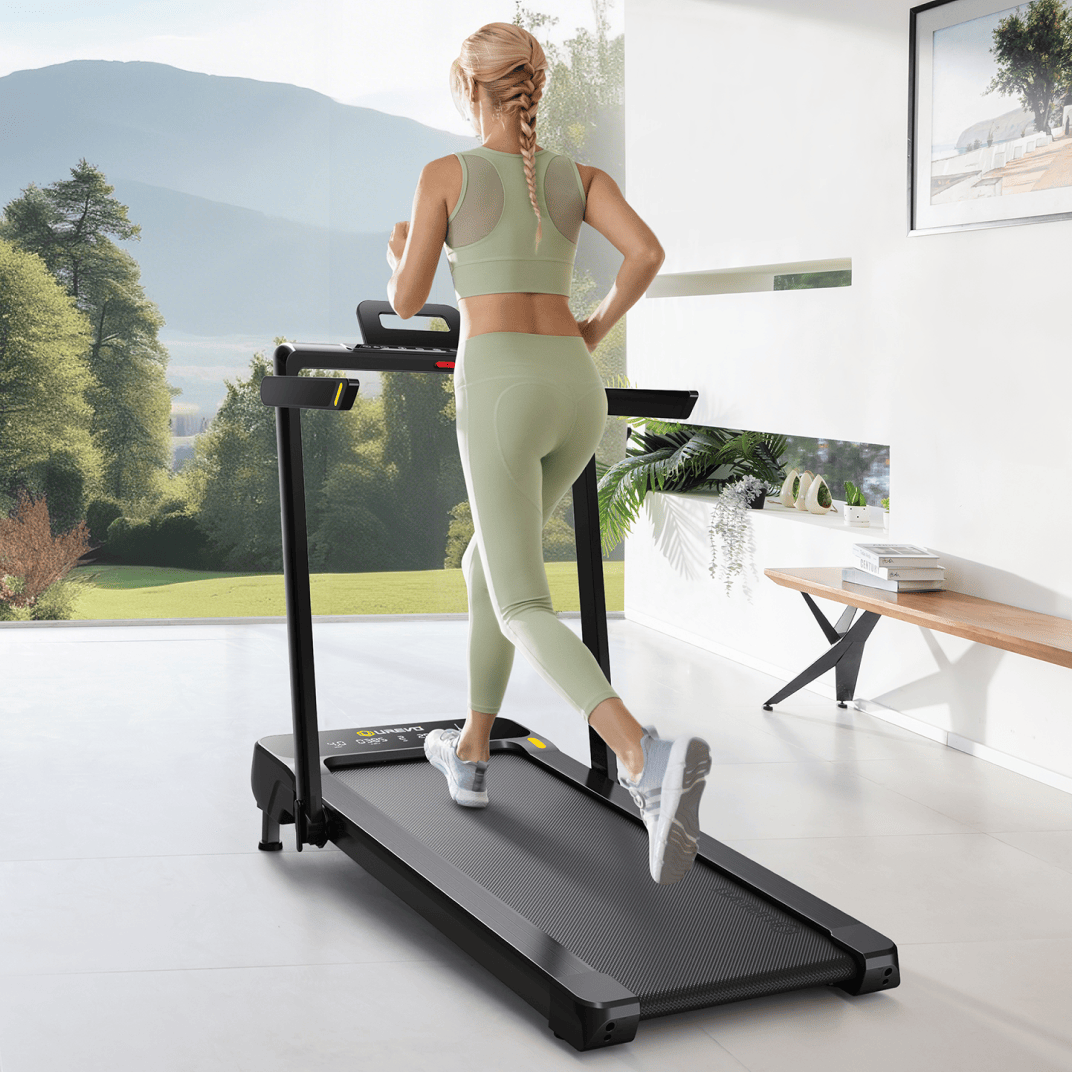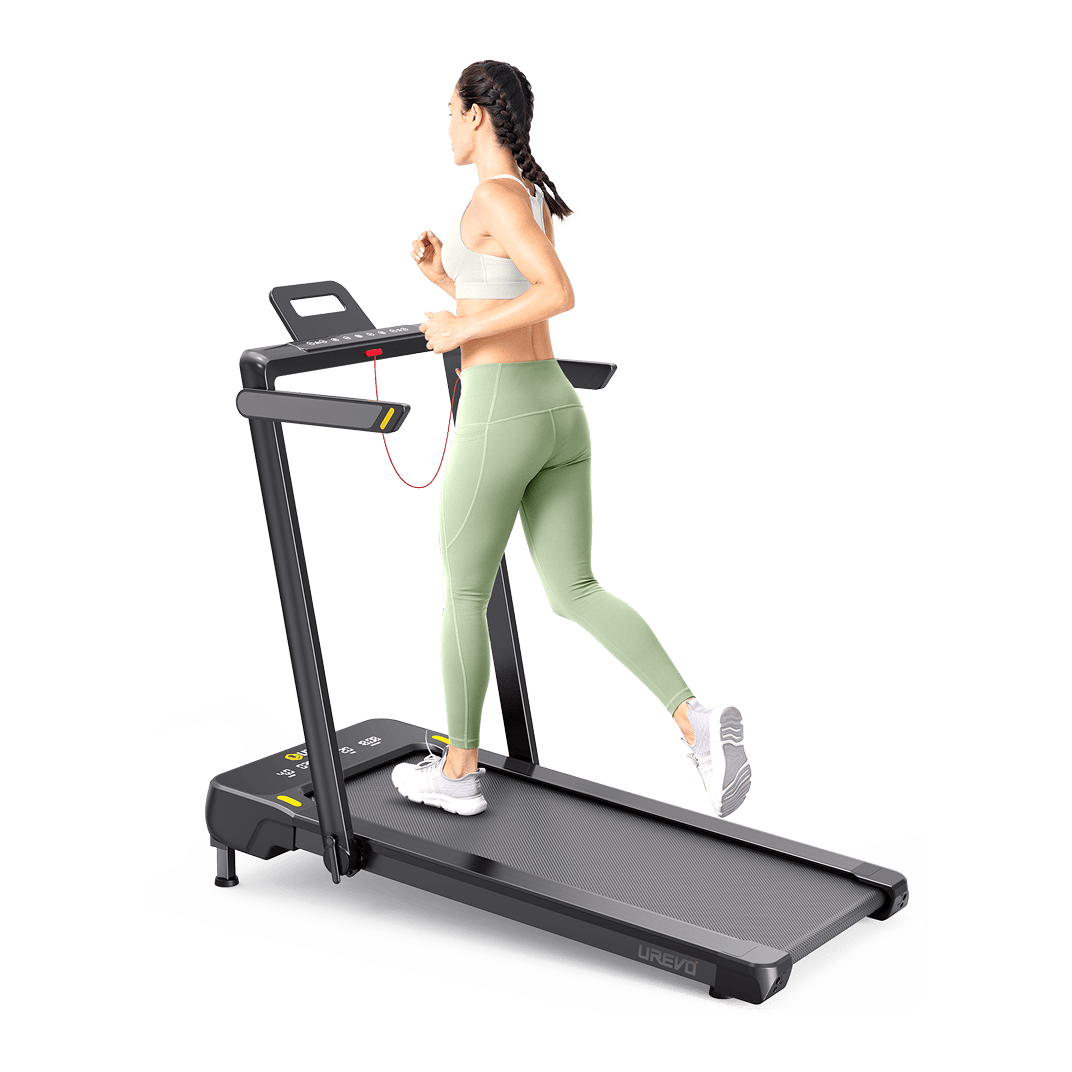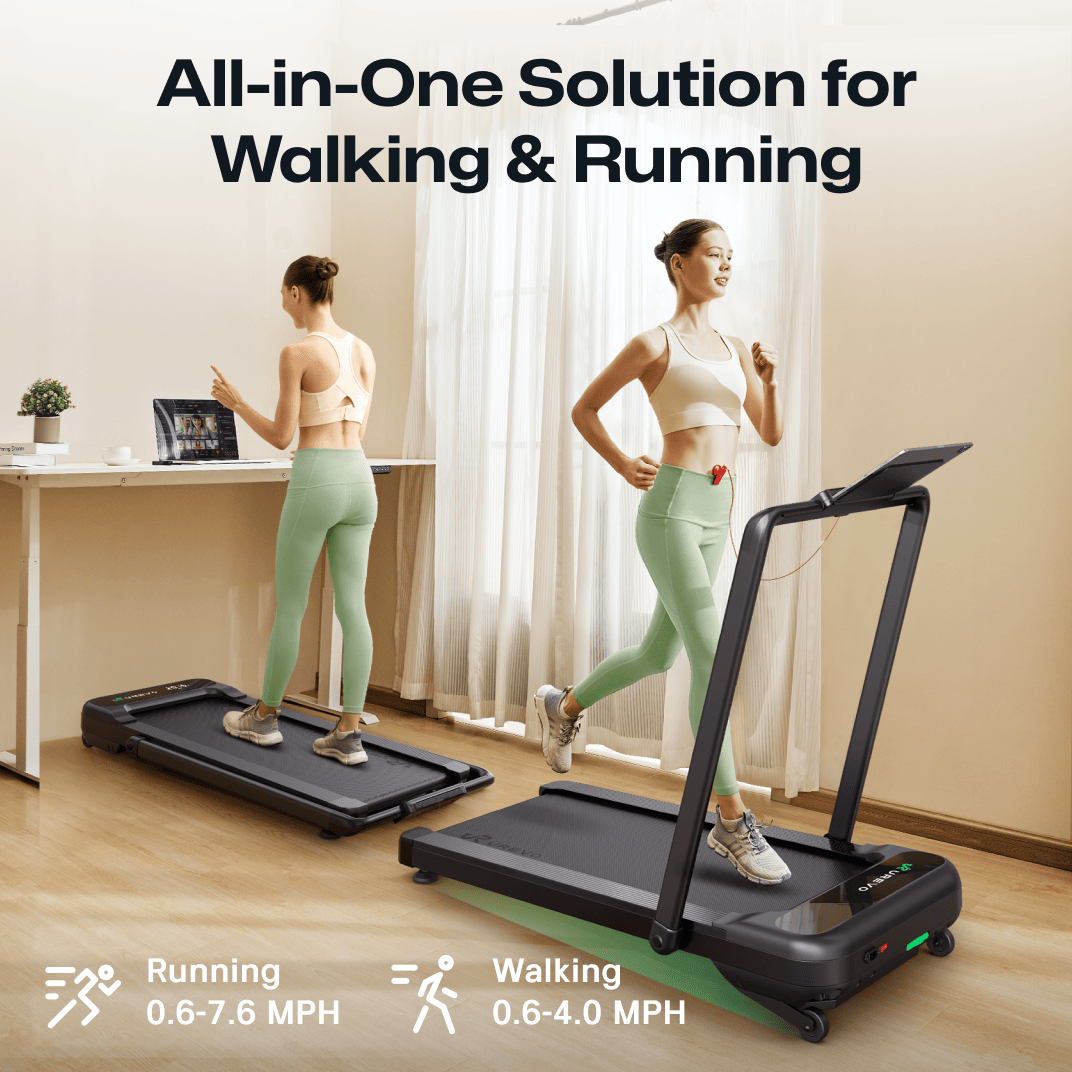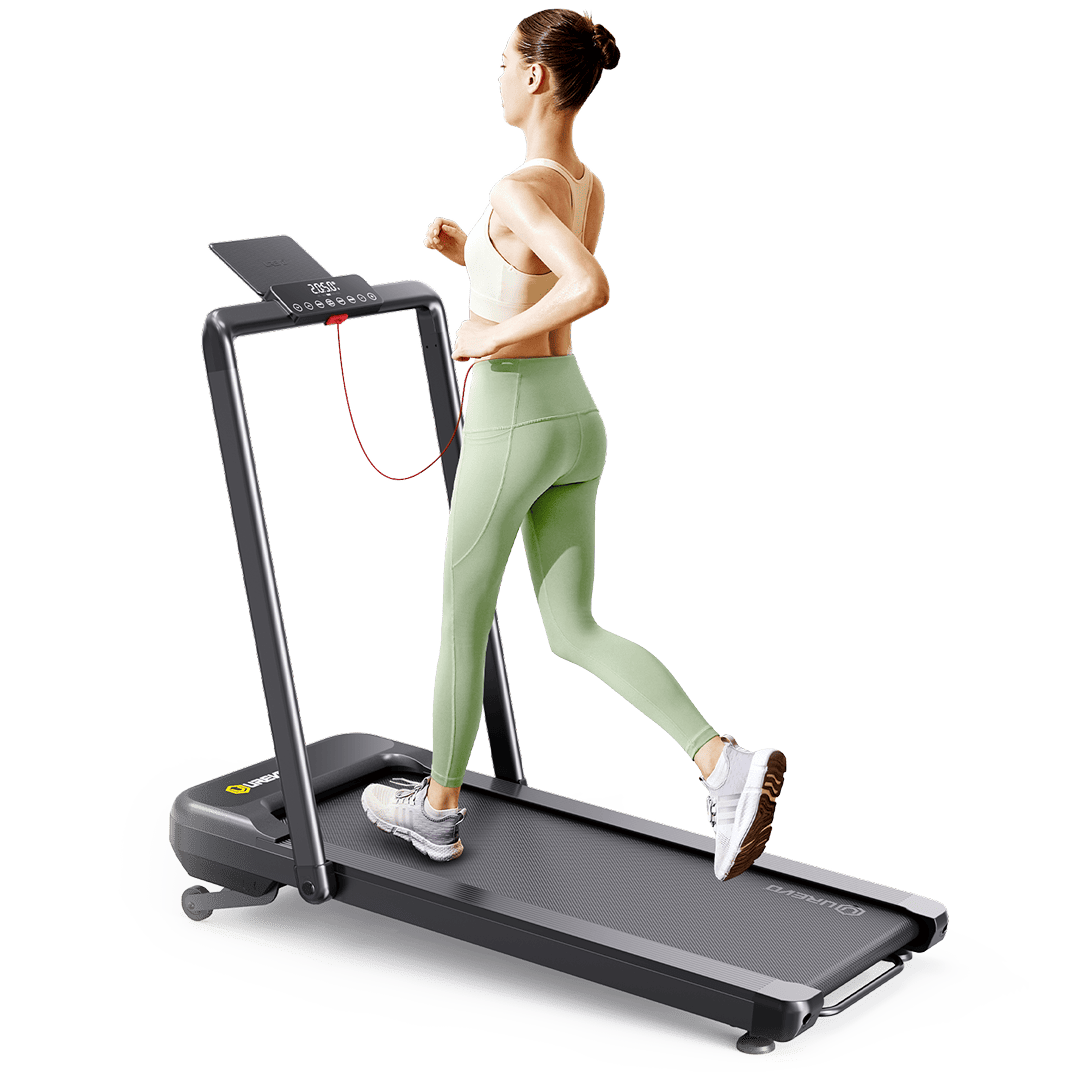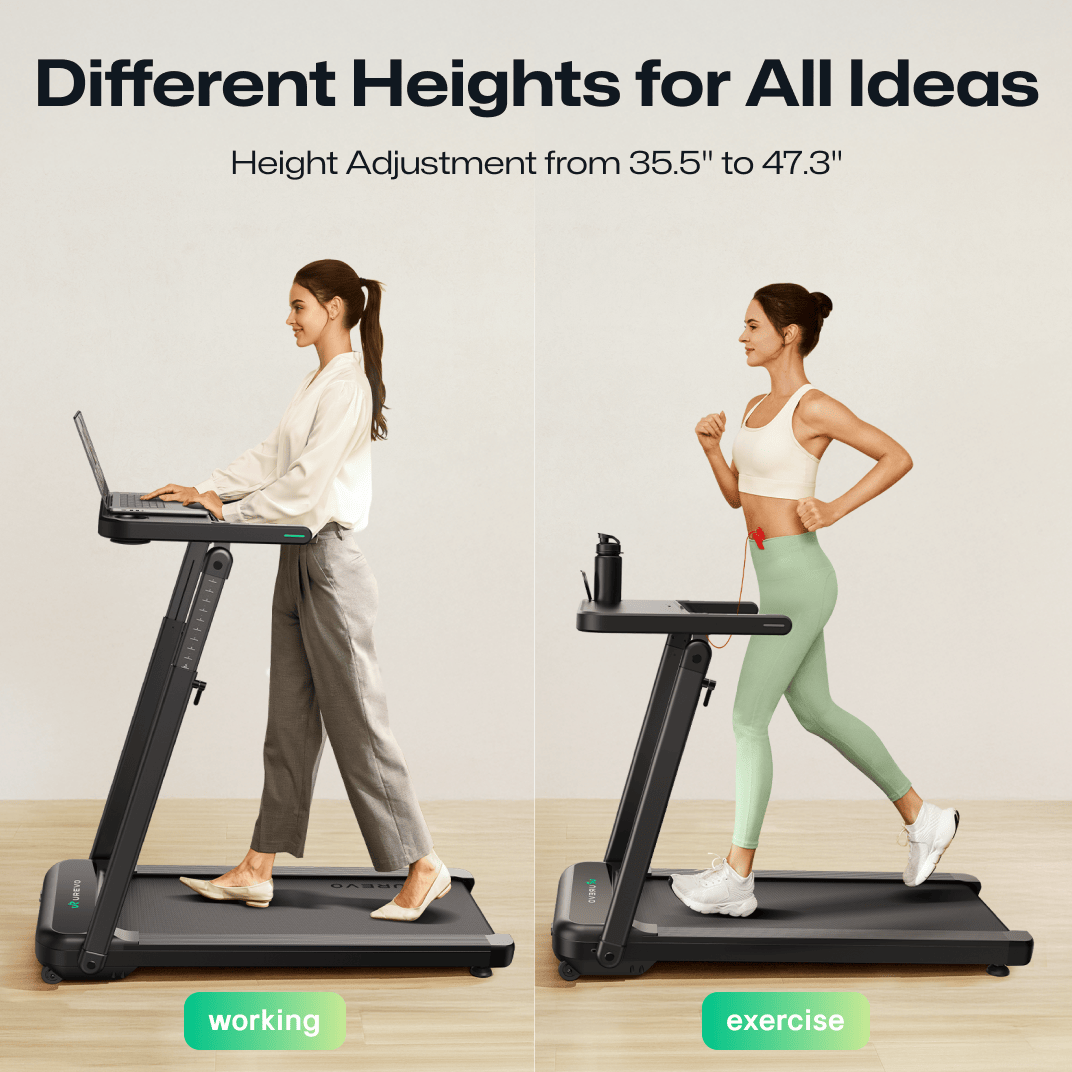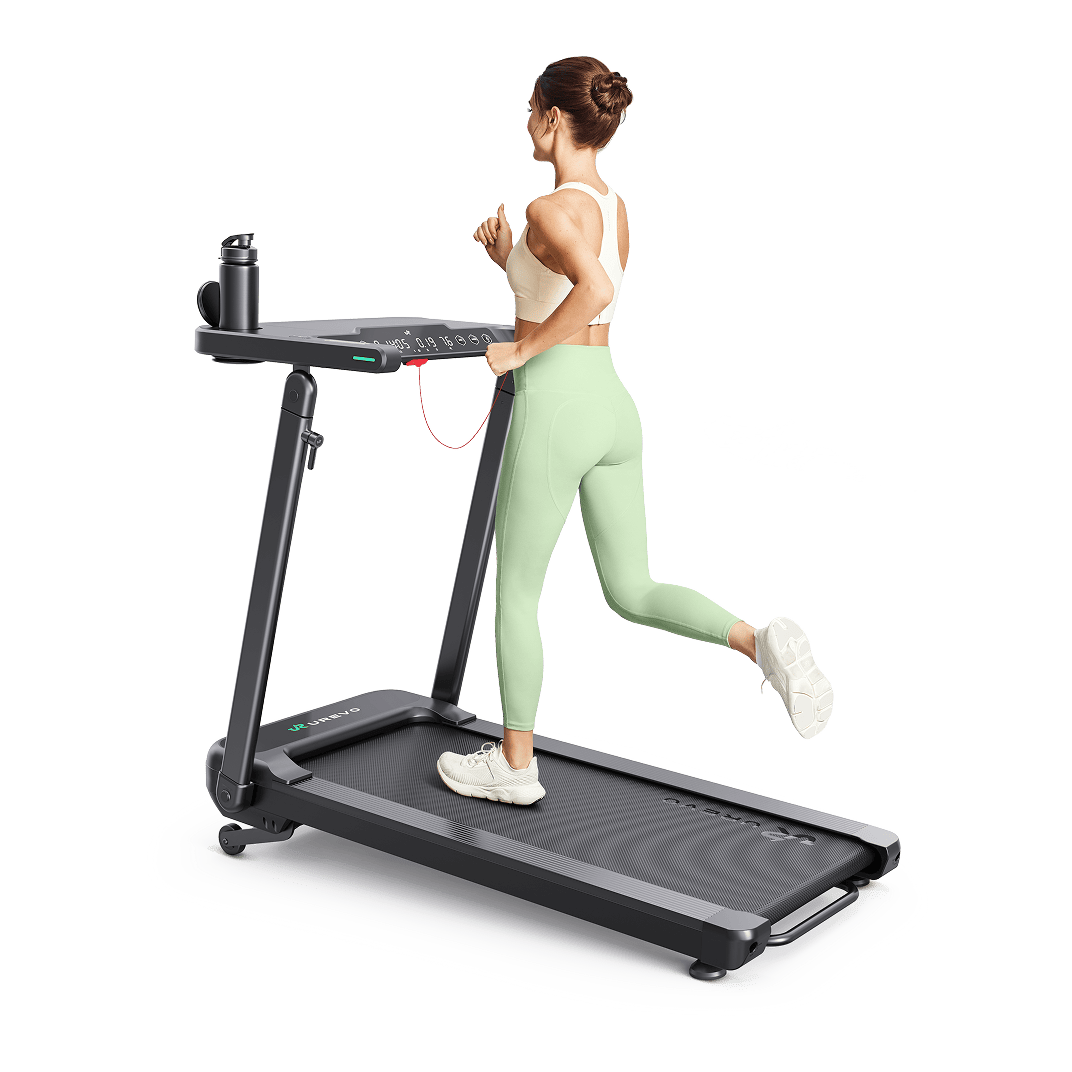A well-set-up treadmill can be the difference between a clunky, noisy workout and a smooth, energizing run that keeps you coming back for more. With the right setup, your treadmill becomes a powerful tool—one that motivates you, protects your joints, and lets you focus fully on your goals.
Choose the Right Location
Space Requirements
Enough room around a treadmill will help to enable comfortable movement and ventilation. Start by identifying an area in your home with a minimum of 6 feet of space behind the treadmill and 2 feet on either side. Particularly if you intend to use the machine at higher speeds or inclines, having plenty of space lets you safely mount and dismount. Clearing the area surrounding the treadmill also helps avoid hazards that might cause trips or falls during exercises.
Flooring Considerations
The basis your treadmill requires for best operation is a solid, non-slip surface. Usually appropriate are carpets, hardwood floors, or rubberized mats. Although carpets have some shock absorption, they may retain dust, which over time could affect the motor of the treadmill. Though aesthetically pleasing, hardwood floors should be used with a mat under to stop scratches and lower vibration. Rubber mats are perfect since they reduce noise and protect the floor and the treadmill at once. Treadmills should not be placed on highly flexible or uneven surfaces since this will compromise the machine's stability and performance.
Level Your Treadmill
A Level Surface Counts
Running a treadmill on an uneven surface could cause the machine to tilt, thus stressing its parts and affecting your balance during exercises. Maintaining the structural integrity and guaranteeing the treadmill runs smoothly depend on a level surface. An unlevel treadmill might cause early damage by having unusual wear on the motor, belt, or rollers.
Adjust Leveling Feet
Adjustable leveling feet on most treadmills for running help to stabilize the machine. Start by arranging your treadmill where you want it, then see whether the base is steady. Change the leveling feet to offset any floor irregularities should the treadmill wobble. Usually, turning the feet counterclockwise lowers the treadmill; turning them clockwise raises it. Until the treadmill feels totally steady, make small changes; then, gently press on each corner to re-check.

Belt Alignment and Tension
Check Belt Alignment
The belt on a treadmill can drift from its ideal position over time, especially with frequent use. Regularly inspect the belt alignment to prevent issues like uneven wear or discomfort during your run. To check alignment, turn on the treadmill at a low speed and observe whether the belt remains centered. If it veers to one side, realignment is necessary to maintain optimal performance.
Adjust Belt Tension
Proper belt tension keeps the belt moving smoothly without causing strain on the motor. If the belt feels too loose, it may slip, while excessive tightness can increase motor stress. Tension can be adjusted using screws located at the rear end of the treadmill deck. Turn the adjustment screws gradually, in equal amounts on each side, to either increase or decrease tension. Once adjusted,test the belt at a low speed to ensure it runs smoothly without slipping or feeling overly tight.
Console Setup
Familiarize with Controls
The console is the central hub of any treadmill, housing the essential controls for your workout. Spend some time getting acquainted with buttons, display settings, and various program options. Most consoles feature controls for speed, incline, workout programs, and heart rate monitoring. Familiarity with these controls allows you to make quick adjustments during your workout, creating a more seamless exercise experience. Many consoles also include emergency stop buttons, which should be located and remembered for quick access.
Set User Preferences
Most modern treadmills allow users to personalize workout settings according to individual goals and fitness levels. Configure the display settings, units of measurement (miles or kilometers), and user profiles if available. Many treadmills also allow users to store age, weight, and height data to provide more accurate calorie-burning metrics. Adjusting these preferences not only improves the accuracy of your workout metrics but also saves you from re-entering information each time you use the machine.
Safety Features
Emergency Stop
The emergency stop button, typically located on the console or within easy reach, lets you halt the treadmill instantly in case of an emergency. You can quickly stop the treadmill if you feel unsteady, need to pause suddenly, or encounter a problem.
Safety Key
Attach the safety key’s clip to your clothing to ensure that if you accidentally fall or step away from the treadmill, the machine will stop immediately. Which is quite needed particularly for high-speed workouts or training at an incline, where the risk of imbalance may be higher.

Initial Calibration
Auto-Calibration Process
Some treadmills come with an auto-calibration feature to optimize performance. Refer to the user manual to initiate this feature, as different models may have varying calibration processes. Typically, auto-calibration will involve pressing specific buttons on the console, prompting the treadmill to run through a series of motions. This process adjusts the speed and incline settings for accuracy, ensuring the treadmill operates smoothly and within specified parameters.
Manual Calibration Steps
For treadmills without an auto-calibration option, manual calibration may be necessary. This usually involves setting the speed and incline to their lowest levels and gradually increasing them while monitoring performance. Check the display for accurate readings as the speed and incline adjust. Manual calibration fine-tunes the machine, especially for those who require precision in their workout statistics.
Optimizing Your Treadmill Settings
Incline Adjustments
Adjusting the incline setting not only enhances the treadmill’s performance but also diversifies your workouts by simulating uphill running. A gradual incline can reduce joint impact and target different muscle groups, enhancing endurance and strength. To achieve this, set the incline to match your fitness goals, whether it’s a flat terrain simulation or a challenging hill run. Adjustments can be made throughout a workout to modify intensity and mimic varied outdoor terrains.
Speed Range Setup
The speed range on a treadmill can be adjusted to align with your workout routine, whether it involves walking, jogging, or sprinting.Configuring the speed range at the beginning allows for smoother transitions during interval training or gradual increases in speed for long-distance running. By setting specific speed intervals, you create an adaptable workout environment that accommodates everything from warm-ups to peak intensity sessions.
FAQs
Should I unplug my treadmill after each use?
For daily use, standby mode is sufficient. To protect the electrical system, you may unplug the machine if it won't be used for over a week.
How long can I continuously run the treadmill?
Home treadmills should not be used continuously for more than 2 hours, followed by a 30-minute cooling period.
How often should I clean the motor?
Use a vacuum cleaner designed for electronics to clean the motor compartment every 3 months. More frequent cleaning may be needed if in dusty environments.
What's the recommended schedule for belt lubrication?
Apply silicone lubricant every 150-200 miles of use. Heavy users (>5 hours weekly) may need more frequent lubrication.
What should I do if the speed display is inaccurate?
Try recalibrating first. If the problem persists, check if the speed sensor is clean and properly positioned. A misaligned or dirty sensor can cause incorrect readings.
Can I place my treadmill near a wall outlet?
Yes, but ensure the power cord doesn't create a tripping hazard and maintain at least 8 inches of clearance from walls for proper ventilation.
How do I know if my treadmill's weight capacity is appropriate?
Choose a treadmill with a maximum weight capacity of at least 50 pounds above your weight to ensure durability and safe operation.
Is it safe to store my treadmill in an unheated garage?
Not recommended. Extreme temperatures and humidity can damage electronic components and lead to premature wear. Store in a climate-controlled space.
How long can I keep my treadmill folded?
While most folding treadmills can stay folded indefinitely, it's best to unfold them monthly to check belt tension and ensure moving parts haven't seized.



















